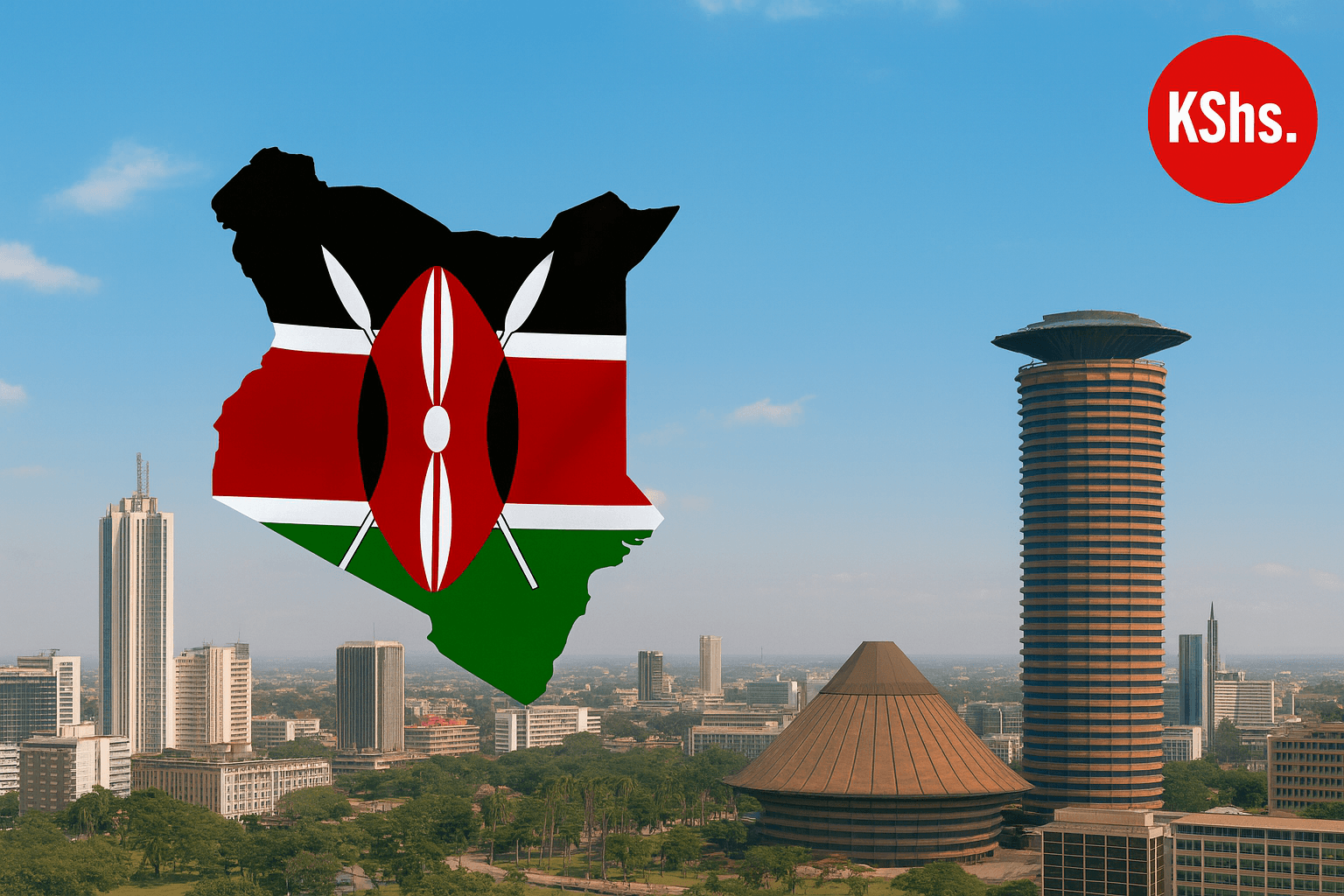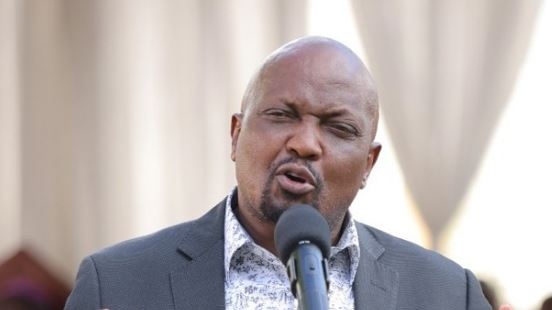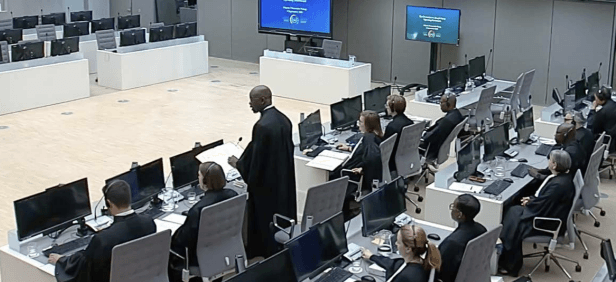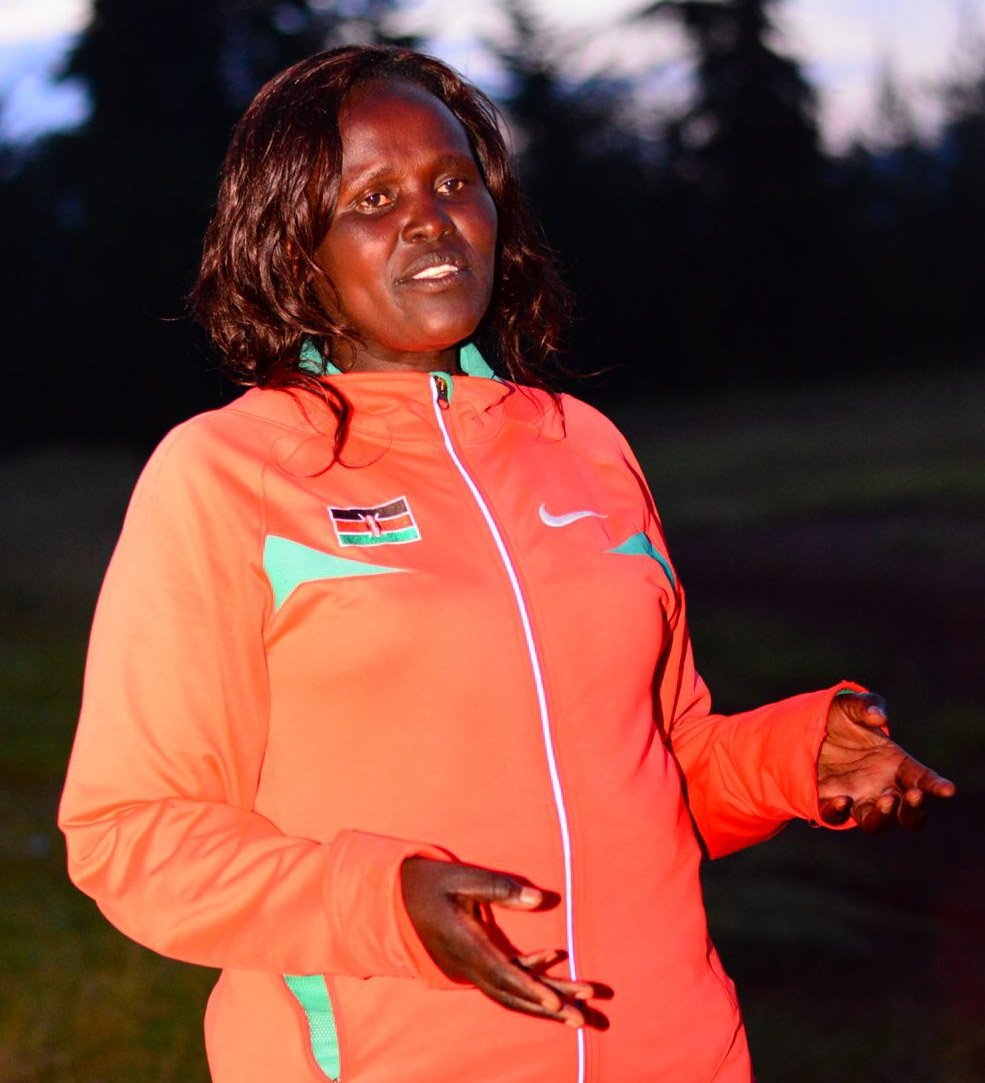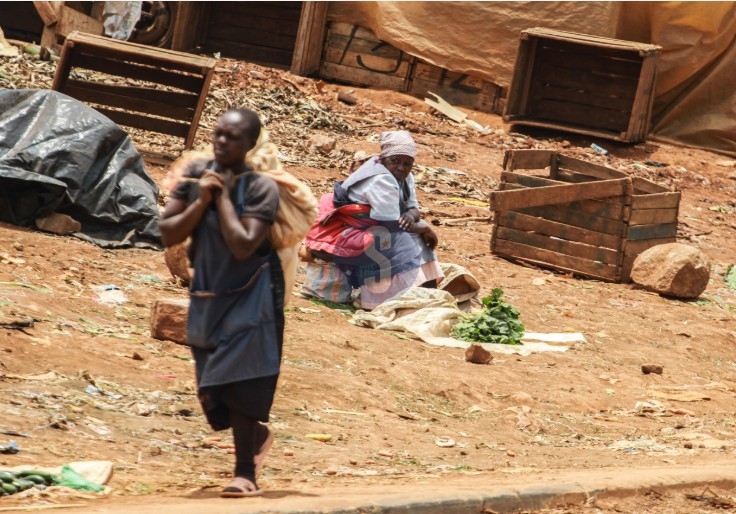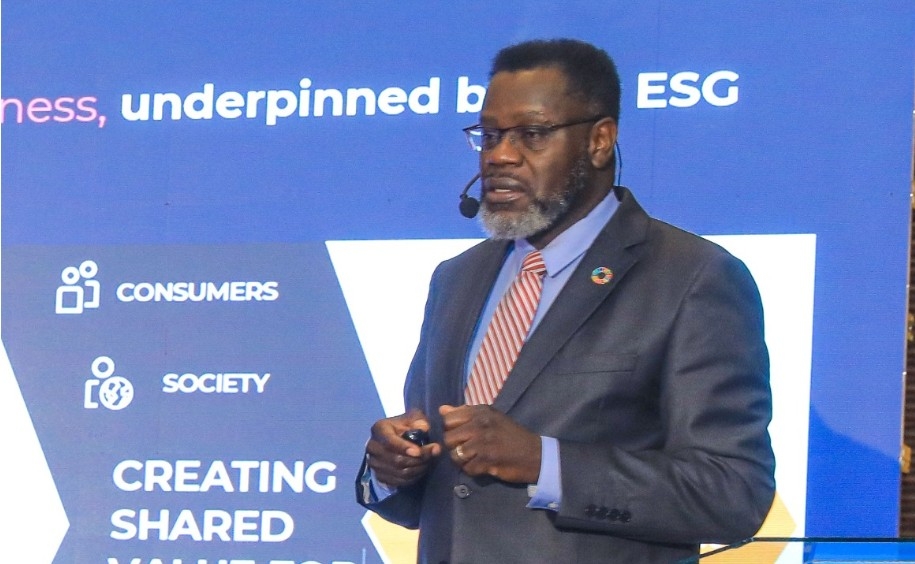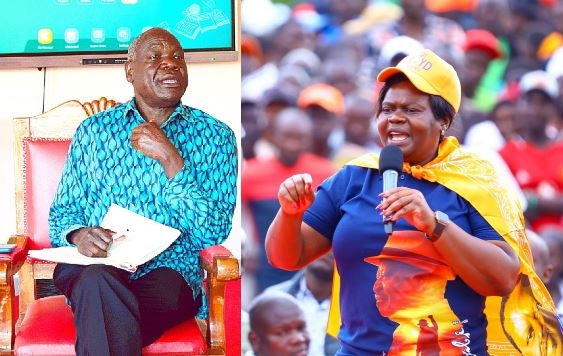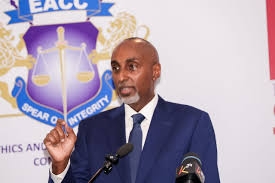Stalled dams have increased the risk of acute water shortage beyond the internationally set stress level of 40 per cent.
“Athi is already facing acute water stress and by 2030, almost the whole country will be affected,” Water CS Simon Chelugui warned.
“By 2050, there will be no water in Athi – Nairobi, Kiambu and Murang’a basin. The increasing deficit in most catchment areas will, in turn, cause increased inter-basin transfer," he told the Assembly Environment Committee.
Data from the Water ministry paints a bleak future, revealing that the country’s water stress would be 81 per cent by 2030.
The data in the National Water Master Plan can be loosely translated to mean that by 2030 hen, only 19 per cent of the country would have sufficient supplies.
The most stressed water basins will be Athi (281 per cent), Tana (105 per cent), and Ewaso Ngiro North (95 per cent), the projections worsening for 2050.
Athi is already facing acute water stress and by 2030, almost the whole country will be affected.
It is projected that only Lake Victoria North and South, and Rift Valley would have sufficient supplies with stress levels at 28, 45, and 43 per cent, respectively.
Most dams under construction are less than 30 per cent complete, save for Chemususu in Baringo county.
Also of concern are three stalled mega dams that were to end the water shortage Elgeyo Marakwet and Nakuru counties.
Works on Itare dam stalled after the contractor, CMC di Ravenna, applied for bankruptcy.
The government is considering a new subcontractor to complete the project while the Kimwarer and Arror dams — also awarded to CMC di Ravena — are a subject of DCI investigations.
Former National Treasury CS Henry Rotich, PS Kamau Thugge and 27 others are in court on charges of graft involving the projects.
Today, only the works at Thwake dam have picked up after the government acquired 9,158 acres for Sh3.5 billion.
Yet to start are Karimenu, Ruiru II, Maragua IV, Itare, Mwache, Siyoi/Muruny, Yamo, Kiajuri and Sagana regeneration dams.
Other stalled dams are Badasa, Umaa, Soin-Koru, Londiani, Isiolo, Wiyumiririe, Bute, Kamumu, Rupingazi, Thambana, Maara, Thingithu, Kahurura, Bosto, Pesi, Kinja, Ndarugu, Thangata, Ura, Kianjuri, Thirika, Theta, Keben and Malewa.
Water CS Simon Chelugui, in a recent presentation to the Environment committee, said the country's swelling population has worsened the crisis.
“The rate of increase of renewable sources is small compared to that of water demand. We need to be ready to counter this. Nairobi's water crisis is already taking a toll on residents,” Chelugui said.
Kenya’s available water resource were 22.6 billion litres per year, projected to increase to 26 billion litres by 2030.
The CS said the country has no option but to increase its storage capacity, an effort that is likely to be frustrated by climate change, degradation of catchment areas and increased demand.
This is compounded by budget constraints in the face of the ministry getting Sh65 billion against the needed Sh100 billion to assure Kenyans of water security.
This is the real scandal is. In 2014, government paid Sh7.4bn in advance guarantee for works at Thwake Dam. The money is lying idle and enriching the insurance firm yet the taxpayer does not benefit
MPs at the Kareke Mbiuki-led committee raised concern that most dams the government has undertaken to construct are unfinished despite the billions of shillings already pumped into them.
The Maara MP said the country must act in the case of contracts that fail to materialise, especially where the mistake is the contractor’s.
Kisumu Woman MP Rosa Buyu asked, “Are you [ministry] worried that by that 2030, the country will not have water? We have very little success stories in the dams which would be an answer to the crisis.”
Her Kasipul counterpart Ong’ondo Were questioned why the ministry has over time advertised for tenders; sourced for finance, procured and paid in advance before settling land issues.
“Many projects have become expensive because of hefty demands for land compensation. What plans does the ministry have in efforts to acquire land before looking for funds?” the lawmaker asked.
Kipkeklion West MP Hillary Koskei also questioned the rationale by which the government makes advance guarantees to insurance companies.
“This is where the real scandal is. In 2014, the government paid out Sh7.4 billion in advance payment in guarantee for works at Thwake Dam. The money is lying idle and enriching the insurance firm yet the taxpayer does not benefit.”
Chelugui admitted that the crisis would be worse, adding that the problem emanates from state departments that abandon works.
“It is for this reason that we have taken attention to revive stalled dam projects. For instance, Badasa and Umaa stalled 10 years ago but have now been revived with design work in progress,” he said.
Njoro MP Charity Chepkwony said, “If the CS himself can say he is worried, what would be the case of the common mwananchi?”
Edited by R.Wamochie


